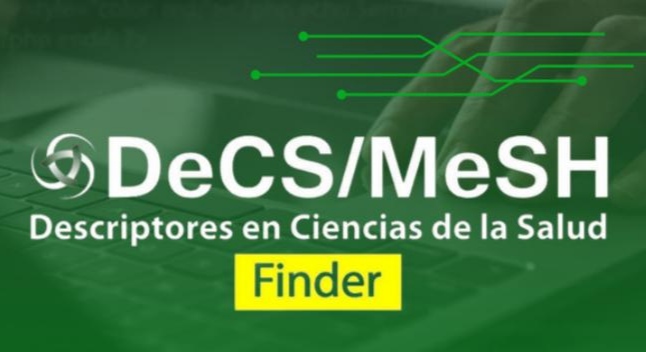Trombolisis en el infarto agudo del miocardio
Keywords:
Infarto del Miocardio, Terapia Trombolítica, Estreptocinasa, Unidades de Cuidados IntensivosAbstract
Se efectuó un estudio descriptivo y retrospectivo de corte transversal a los 83 pacientes ingresados en la Unidad de Cuidados Intensivos Especiales del Hospital General Docente “Aleida Fernández Chardier” del municipio Güines, provincia La Habana, durante el año 2009, con un diagnóstico de Infarto Agudo del Miocardio con el objeto de evaluar los beneficios del uso de la trombolisis coronaria sistemática con estreptoquinasa recombinante cubana. El procedimiento mostró ser tan eficaz, que sólo falleció 2 de los 43 pacientes en quienes se utilizó el tratamiento; mientras que de los 40 restantes, no tratados con él, murió más del un tercio, predominando el sexo masculino, y el grupo etáreo comprendido entre 60 a 75 años, existiendo leves complicaciones una vez administrado el tratamiento.Downloads
References
Gruppo Italiano per lo Studio de lla Streptochinasi nell'Infarto Miocardico
(GISSI). Effectiveness of intravenous thromboytic treatment in acute
myocardial infarction. Lancet. 2006;2 :349-60.
Fibrinolytic Therapy Trialists' Group. Indications for fibrinolytic therapy in
suspected acute myocardial infarction: collaborative overview of early
mortality and major result from all randomized trials of more than 1000
patients. Lancet. 2002; 343 :311-22.
Rawles JM, Haites NE. Patient and general practitioner delays in acute
myocardial infarction. BMJ 2003; 296:882-4.
Turi ZG. Implications for acute intervention related to time of hospital
arrival in acute myocardial infarction. Am J Cardiol 2003; 57:203-9.
Maynard C. Early versus late hospital arrival for acute myocardial
infarction in the Western Washington Thrombolytic therapy trials. Am J
Cardiol 2005; 63 :1296-300.
Weaver WD. Forthe National Registry of Myocardial Infarction
Investigator. Factors influencing the time to hospital administration of
thrombolytic therapy: results from a large national registry (Abstract).
Circulation 2006; 86 (1):60.
Meischke H, Eisenberg M, Larsen MP. Prehospital delay interval for
patients who use emergency medical services: the effect of heart-related
medical conditions and demographic variables. Ann Emerg Med 2004;
:1593-601.
Schmidt SB, Borsch MA. The prehospital phase of acute myocardial
infarction in the era of thrombolysis. Am J Cardiol 2006; 65:1411-5.
Herlitz J. Early identification of acute myocardial infarction and prognosis
in relation to mode of transport to hospital. Am J Emerg Med 2007;
:406-12.
Blohm M. Consequences of a media campaign focusing on delay in
acute myocardial infarction. Am J Cardiol 2007; 69:411-3.
Moses HW. Effect of a two year public education campaign on reducing
response time of patients with symptoms of acute myocardial infarction.
Am J Cardiol 2008; 68:249-51.
Ho MT. Delay between onset of chest pain and seeking medical care: the
effect of public education. Ann Emerg Med 2008; 18:727-30.
Kennedy JW. Recent changes in the care of acute myocardial infarction:
implications for the emergency care physician. J Am Coll Cardiol 2008;
:446-9.
Sharkey SW. An analysis of time delays preceding thrombolysis for acute
myocardial infarction. JAMA 2009; 262:3171-4.
Kline EM, Smith DD, Martin JS. For the gusto time to treatment study
group. GUSTO time to treatment substudy, results of the phase II
randomized trial (abstract). Circulation 2006; 83:1337.
González ER. Hospital delays and problems with thrombolytic therapy
administration in patients receiving thrombolytic therapy: a multicenter
prospective assessment. Ann Emerg Med 2006; 21:1215-21.
The European Myocardial Infarction Group. Prehospital thrombolytic
therapy in patients with suspected acuted myocardial infarction. N Engl J
Med 2007; 329:383-4.
De Luna AB, Coumel P, Leclercq JF. Ambulatory sudden cardiac death:
mechanisms of production of fatal arrhytmia on basis of 157 cases. Am
Heart J 2009; 117:151-2.
Hallstrom AP, Eisenberg MS, Bergner L. The persistence of ventricular
fibrillation and its implication for evaluating EMS. Emerg Health Serv Q.
; 1:41-7.
Weaver WD. Considerations for improving survival from out-of-hospital
cardiac arrest. Ann Emerg Med 2006; 15:1181-6.
Published
How to Cite
Issue
Section
License
Medimay protects copyright from the very first moment the submission is made, but upon publication it assumes a Creative Commons 4.0 (cc-by-nc) license, which allows the use of the work to share (copy and redistribute the material in any medium or format) and adapt (remix, transform and build from the material) as long as exclusive mention is made of the publication in the journal as a primary source, prohibiting its commercialization. The author always retains his/her right.














 This site is licensed under a
This site is licensed under a